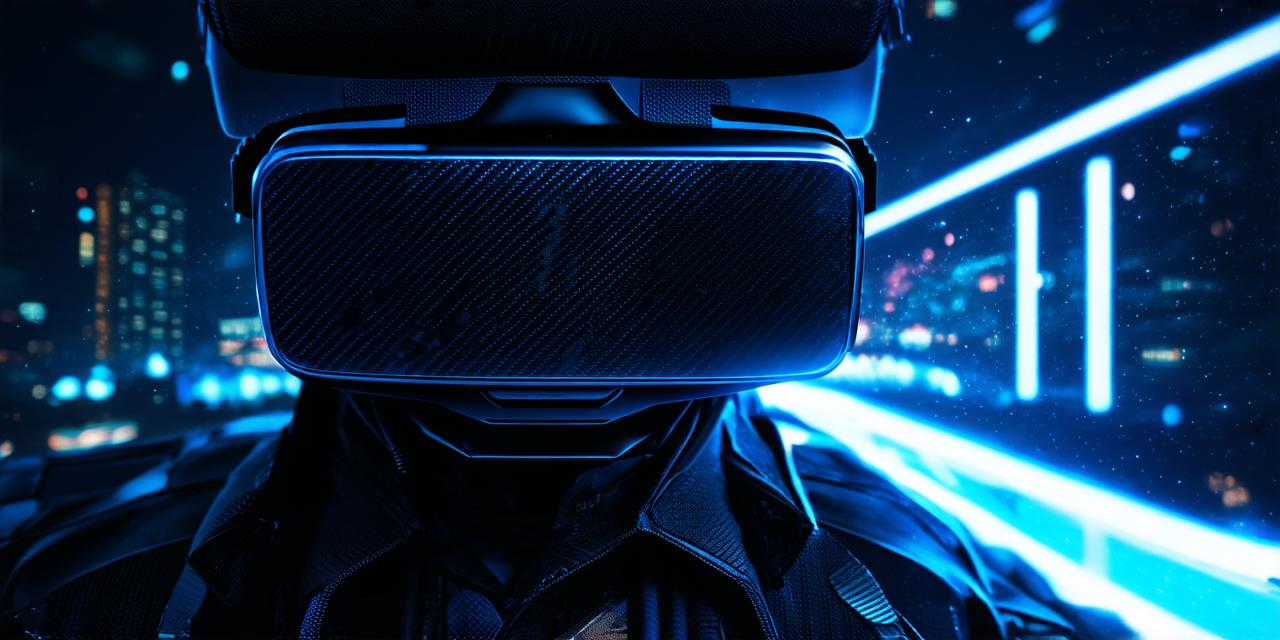
When will virtual reality become accessible?
Virtual Reality (VR) Technology
Virtual reality (VR) technology is rapidly advancing and is becoming more accessible to people across the globe. However, for virtual reality developers, the question of when VR will become truly accessible still remains unanswered.
In this article, we will delve into the current state of VR development, the challenges faced by developers, and the future outlook for VR accessibility.
Current State of Virtual Reality Development
Virtual reality technology has come a long way since its inception in the 1960s. Today, VR headsets such as Oculus Rift, HTC Vive, and PlayStation VR are available to consumers, with prices dropping significantly in recent years. These headsets offer immersive experiences and have opened up new possibilities for gaming, education, and other applications.
However, the current state of VR development is still in its early stages. The technology is expensive, complex, and requires significant computing power. This has limited the adoption of VR to only a niche market, primarily consisting of gamers, early adopters, and businesses with deep pockets.
Challenges Faced by Virtual Reality Developers
Virtual reality developers face numerous challenges that hinder the widespread adoption of VR technology. One of the primary challenges is the high cost of development equipment and software. VR development requires specialized hardware, such as motion capture systems, 3D scanners, and high-performance computers. Additionally, developing for VR platforms requires a significant amount of time, effort, and expertise, making it difficult for small developers to enter the market.
Another challenge faced by VR developers is the lack of standardization in the industry. There are multiple VR headset platforms, each with its own unique specifications, which makes it challenging for developers to create content that works across all devices. This fragmentation also limits the size of the potential audience for VR content.
The Future Outlook for Virtual Reality Accessibility
Despite these challenges, there are signs that virtual reality technology is becoming more accessible in the near future. One of the key drivers of this accessibility is the continued development of affordable and powerful hardware. As consumer demand grows, manufacturers will be forced to reduce prices and make VR equipment more accessible to a wider audience.
Another factor that could drive VR accessibility is the growth of the mobile market. With smartphones becoming more powerful and capable of running VR applications, it’s possible that VR content could be accessed through mobile devices, making it even more accessible to consumers.
Finally, there are ongoing efforts to standardize the VR industry. Organizations such as the Virtual Reality Industry Forum (VRIF) are working to create common standards for VR hardware and software, which could make it easier for developers to create content that works across multiple platforms.
Conclusion
In conclusion, while virtual reality technology has made significant strides in recent years, there is still much work to be done before it becomes truly accessible to the masses. Virtual reality developers face numerous challenges, including high development costs, a lack of standardization, and limited consumer demand. However, with continued innovation in hardware and software, as well as efforts to standardize the industry, the future for VR accessibility looks promising.
FAQs
When will virtual reality become accessible to the average person?

It’s difficult to predict an exact timeline, but advancements in hardware and software, as well as efforts to standardize the industry, could make VR more accessible in the near future.
What are the main challenges faced by virtual reality developers?
High development costs, lack of standardization, and limited consumer demand are some of the main challenges faced by virtual reality developers.


